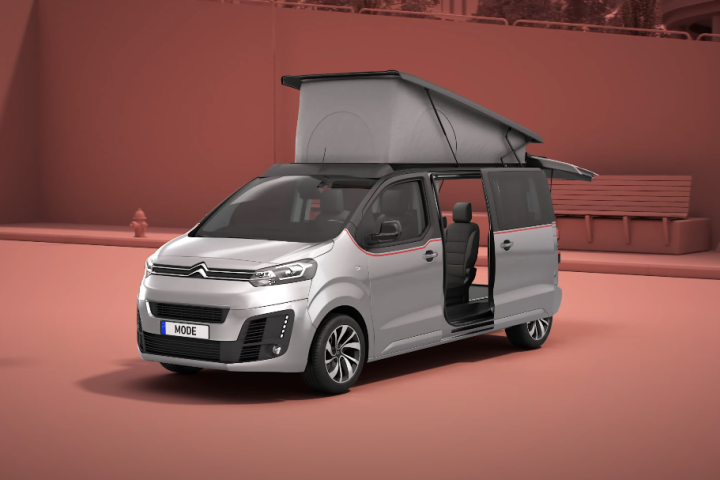During a recent Beijing event focused on the future of housing, OPEN Architecture, in collaboration with Chinese electronics firm Xiaomi, unveiled a tiny shelter for Mars. It's very conceptual and there's no suggestion the dwelling will actually be installed on the Red Planet, but it's interesting to see architects tackle the idea.
The Mars Case prototype is inspired by Henry David Thoreau's book Walden and embraces simplicity and self-reliance (the book is a big influence in the small living movement). The shelter measures 2.4 x 2.4 x 2 m (7.87 x 7.87 x 6.5 ft) and certainly looks the part, consisting of a rectangular suitcase-like section and an inflatable bulbous front area.
The idea is that the suitcase-like box would be transported to the Martian surface somehow. Then, the bulbous inflatable part with integrated windows would expand outward automatically, making a habitable shelter.
Its interior includes a main living area and what appears to be a bathroom and storage area, as well as a desk and seating. OPEN Architecture says the home would recycle heat and any condensation to minimize consumption of resources, though naturally doesn't go into how this would be achieved, given the scope of the project. Nor are other challenges like radiation and the harsh local conditions given any thought.

Owing perhaps to the collaboration with Xiaomi, OPEN Architecture envisions the Mars Case shelter being outfitted with smartphone-operated appliances too. We can't see future colonists bringing their Mi Mix 3 with them to Mars, though the firm does make mention of the little dwelling possibly being used on Earth (where at least we know smartphones will work as expected). Still, this is very much a conceptual project with no plans to produce it.
We've seen a few different takes on the kind of homes people will need to live in if we ever colonize Mars. Some of the more notable include SpaceHabs, Ice House, and Foster + Partners' 3D-printed Mars shelter.
Source: OPEN Architecture











